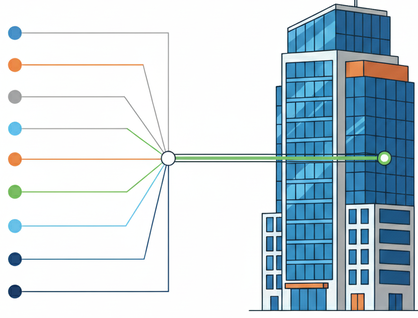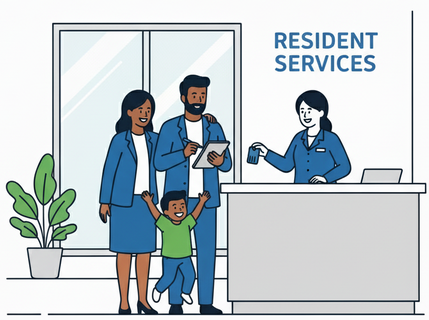Fueling the Next Wave of Real Estate Innovation


RET Ventures recently welcomed its extensive network of multifamily, single-family rental (SFR), and real estate tech professionals to Park City for the seventh annual RET Summit. With 100+ strategic investors and 25+ portfolio companies in attendance, the three-day event underscored how quickly innovation is accelerating across the industry and highlighted the biggest challenges owners and operators are most focused on addressing today.
Key insights from the event include:

AI Continues to Reshape the Space: The real estate industry is adopting AI quickly, and innovations are moving from experimentation to real, practical use cases. For owners and operators, the focus is on AI-driven tools that support centralization and help teams do more with less through automation. What felt like “frontier days” a year ago is now embedding itself into daily workflows.
- Where it’s working: Operators are seeing measurable gains from tools like leasing assistants that field prospect questions, conversational bots that handle resident correspondence, and “copilots” that can take on 80–90% of analyst workloads. These tools are acting less as human replacements and more like “super-analysts,” augmenting staff capacity and improving outcomes.
- Why it matters: Nearly every new proptech solution now has an AI component. Lower startup costs and faster iteration cycles mean more companies are hitting the market, but differentiation will come from trust, accuracy, and the ability to plug into existing workflows.
- RET’s take: RET is leaning into AI as a core driver of change, but with discipline. We look for solutions built on strong data foundations, with a clear ROI for owners and operators, and the ability to scale beyond pilots.
Streamlining the Tech Stack is a Top Priority: After years of rapid adoption post-pandemic, many owners are left with a patchwork of point solutions, each with its own separate pricing and platform. The result is redundancy, rising costs, and “app fatigue” across teams.

- Where it’s working: The focus is shifting from experimenting with dozens of pilots to consolidating around solutions that integrate seamlessly and provide immediate value. The days of layering tool after tool are giving way to smarter, bundled approaches.
- Why it matters: Owners are now laser-focused on efficiency and cost reduction. The companies that succeed won’t be shiny point solutions, but those that are embedded into workflows, boost efficiency, and deliver consistent ROI. As consolidation in the market picks up, operators are narrowing their tech stacks and doubling down on trusted partners.
- RET’s take: RET is focused on backing companies that “own the workflow” and minimize change management — platforms that easily weave into the fabric of operations. These solutions are up and running with limited costs or delays and become indispensable, streamlining tasks across portfolios and reducing costs while improving the user experience for teams and residents alike.
Resident Experience Cannot be an Afterthought: From apartment search to lease renewal, renters encounter too many steps and disconnected systems. Owners see this friction as a key barrier to retention and a critical area for improvement.

- Where it’s working: Operators are streamlining day-to-day interactions with residents through tools that centralize maintenance requests, amenity scheduling, billing, and other communications. Automated systems can now handle routine inquiries, while dashboards give staff a single view of resident activity, enabling faster issue resolution and more consistent service.
- Why it matters: With rent growth slower than in past years, renewal and retention are top priorities. Operators want technologies that make the renter journey seamless — fewer roadblocks when finding an apartment, smoother onboarding, and easier renewals. A positive resident experience is now viewed as a direct driver of financial performance.
- RET’s take: RET is backing companies that streamline touchpoints across the renter lifecycle, making interactions more efficient without disrupting residents’ lives. This means eliminating redundant steps – for example, using back-end insights so a resident who has already been screened for leasing does not need to be screened again for renters insurance. In today’s environment, the winners will be solutions that deliver convenience, build trust, and strengthen the long-term resident–operator relationship.